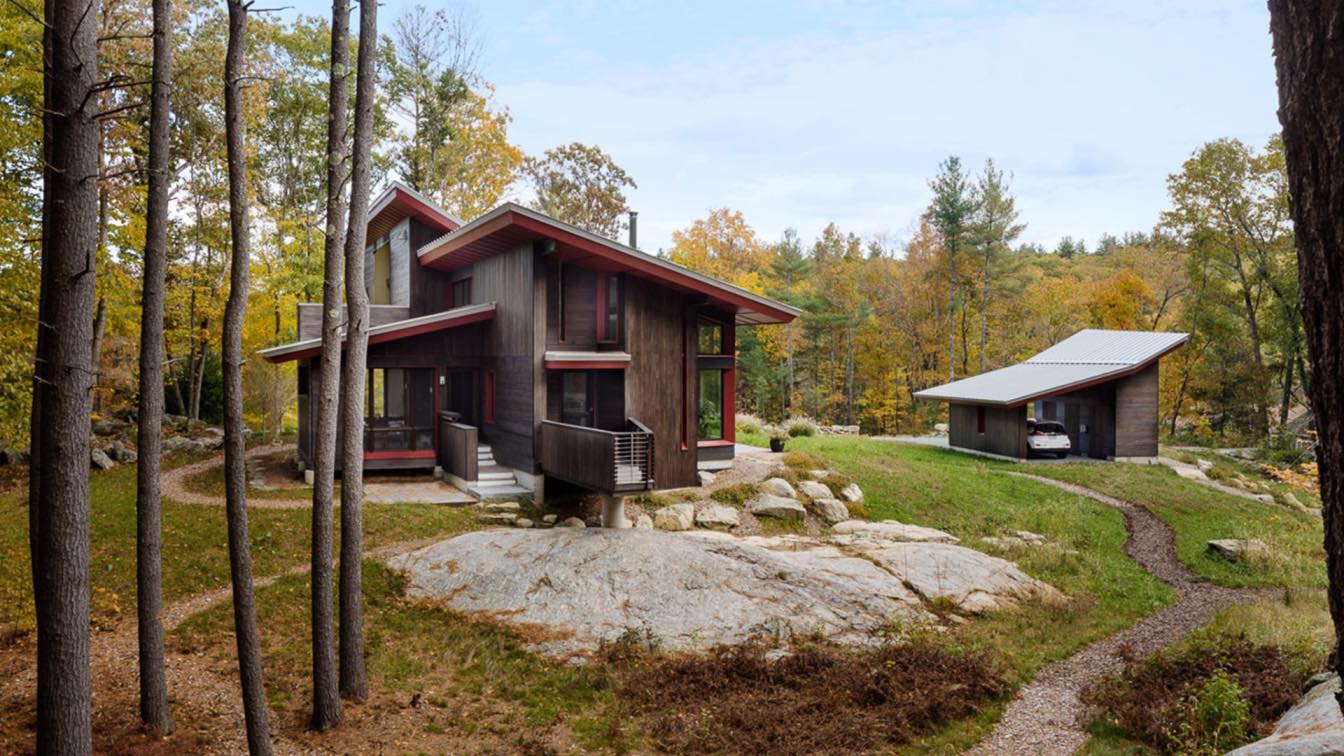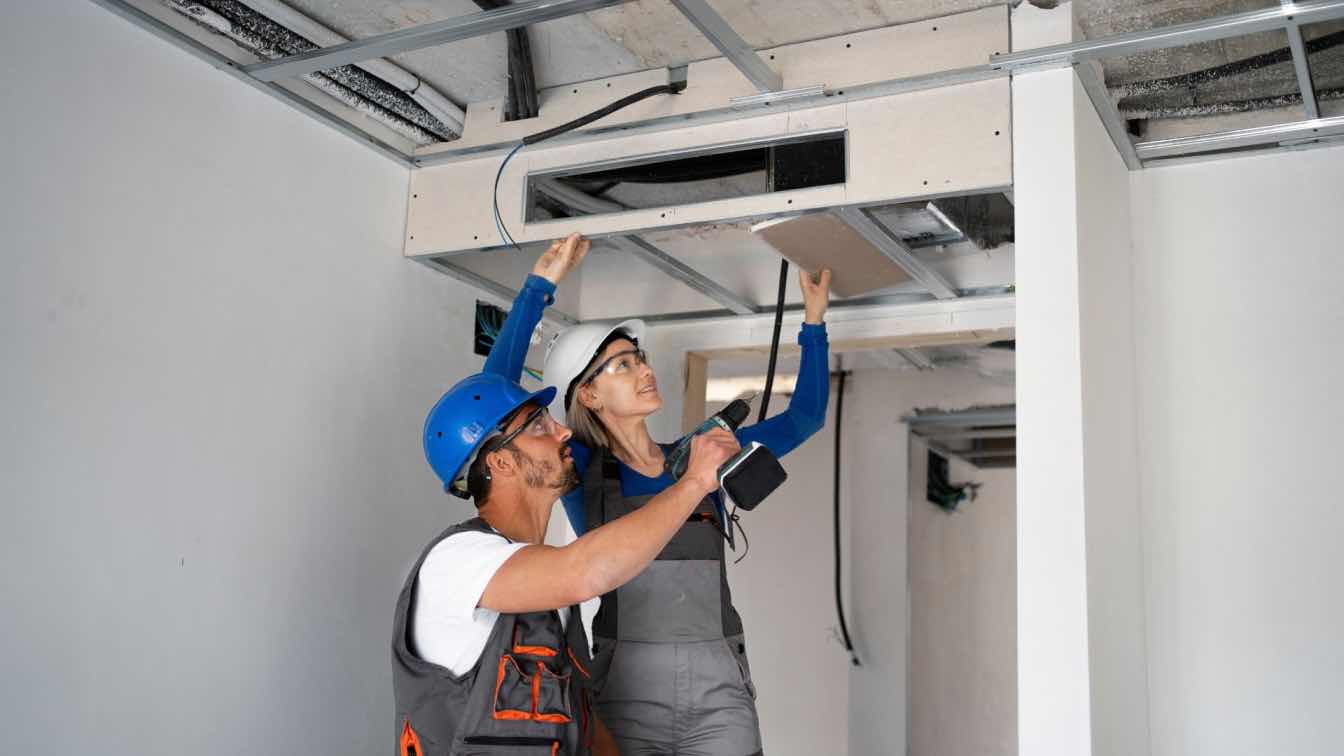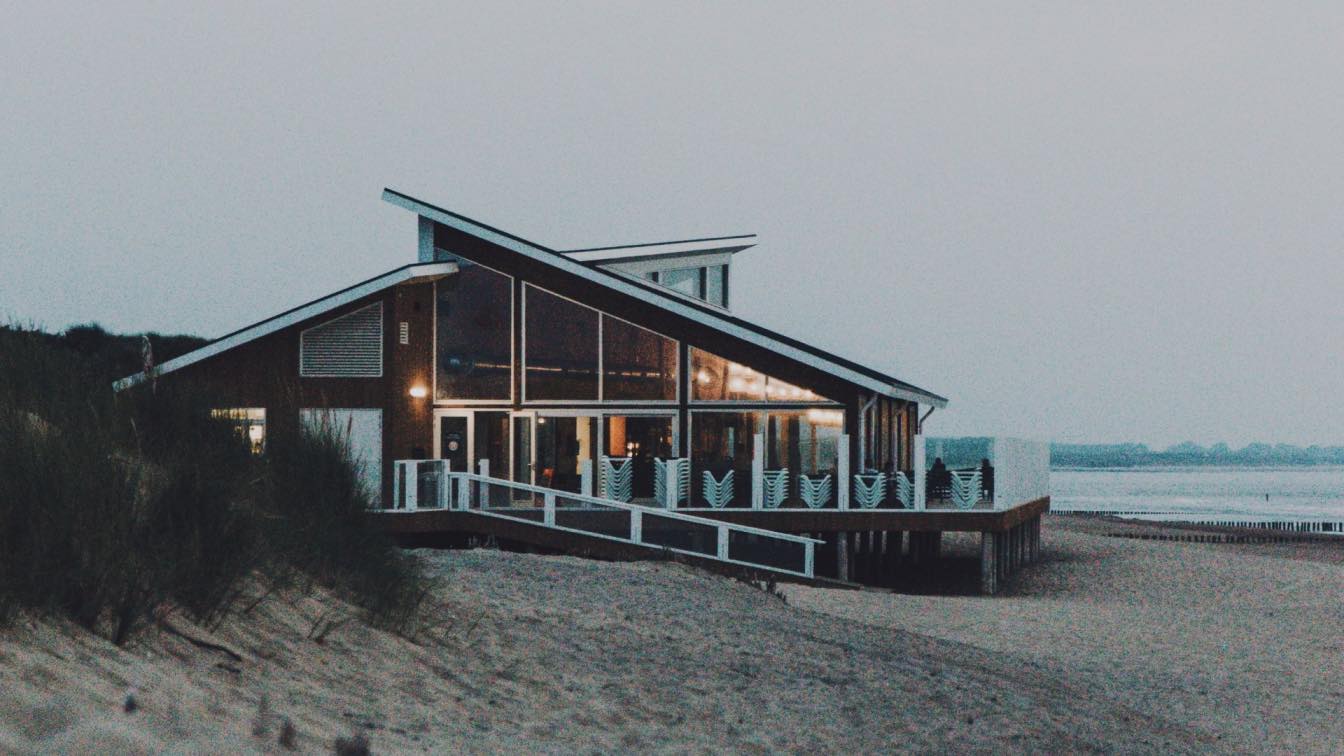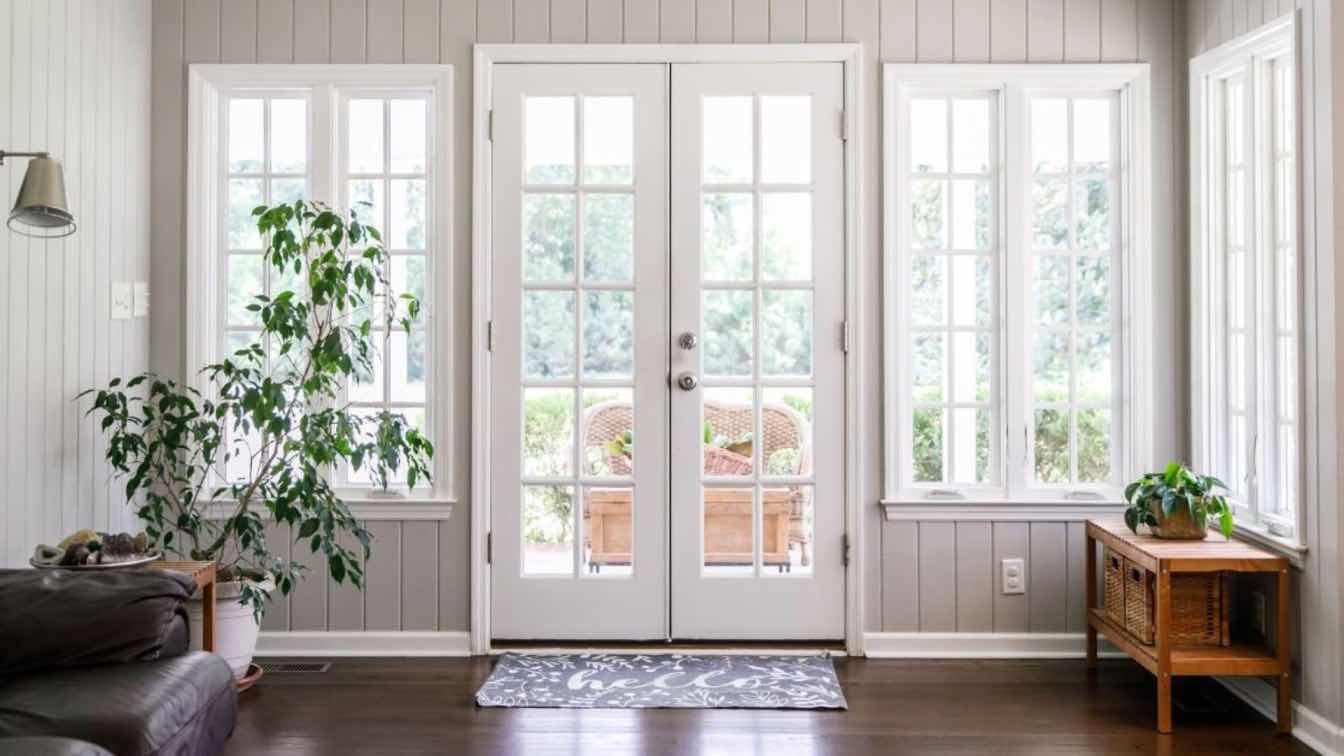Creating a net-zero home is any homeowner or prospective buyer's dream. They are the epitome of green energy and efficiency. They are self-sustaining, producing more energy than they consume. They can be incredibly valuable assets in the future as the world begins to move closer to clean, renewable sources of energy.
Of course, these homes are as luxurious as they are efficient. This makes them an ideal solution for those interested in what is becoming an increasingly sustainable building method. You should consider this article for any home renovation project.
How to design a Net-Zero Home?
The main principle in designing the Net-Zero Home is to reduce energy use. Then reduce building materials that are non-renewable sources of energy. This can be done by selecting healthier, reliable, and cost-effective energy solutions.
There are several ways to create a Net-Zero home. The essay writer finds the practical ones for you. Some of them are:
1. Plan Ahead
The first thing that you need to do when designing your net-zero home is planning. This means that you need to sit down with your contractor and decide what type of design will work best for your needs.
You also have to think about things like insulation and other important aspects of construction when creating your home design plans.
2. Solar Panels for Electricity Generation
The next step is to install solar panels on your roof or yard for electricity generation. Solar panels convert sunlight into electricity which will be stored in batteries for use during the night or on cloudy weather days.
3. Sustainable Building Materials
Use sustainable, recycled building materials to reduce your carbon footprint and save money on your energy bills.
Sustainable building materials are materials made from renewable sources, such as wood and bamboo. They have a higher environmental impact than traditional building materials. These materials are easily renewable. So, they won't run out in your lifetime or the lifetime of your home.
The most sustainable building material is recycled concrete because it's made from recycled concrete. Recycled concrete is much more durable than regular concrete.
It's also easier to build with because it doesn't require any formwork or curing time. You can use recycled concrete for walls and floors, but not roofs because of its weight.
4. Install Better Windows
Older windows leak air through gaps around their frames and glass panes. Replacing old windows with new ones with high-performance glazing can help keep your house warmer in winter and cooler in summer, which will save you money on heating and cooling bills each month.
5. Choose Your Site Carefully
The location of your home can have an impact on how much energy it uses. For example, if you're building near a large body of water, you'll be able to harness hydroelectric power from dams or tidal turbines — both of which are clean sources of electricity.
If you're lucky enough to live near windy areas, then using wind turbines might be an option for you too!
6. Use Renewable Sources of Electricity
Solar panels and wind turbines are two of the most common ways to generate renewable electricity in your backyard. But there are many other options available, including hydroelectric dams, tidal power plants, and geothermal heat pumps.
7. Passive Solar Design
Use passive solar design techniques such as south-facing windows and solar-friendly landscaping to maximize natural light and heat in your home. This can help reduce your electricity bill by up to 50%.
This is a technique that uses windows and shading devices to capture heat from the sun during the day.
Then release it at night so that you don't have to use expensive heating systems. Also, appliances like furnaces or air conditioners during the winter months when it's cold outside.
You can also use passive cooling techniques in the summer months by building walls with thick insulation materials.
8. Energy Star Appliances and Heating Systems
Replace old appliances with Energy Star-rated appliances that use less energy and have lower operating costs over time.
Energy star appliances and heating systems consume less energy than normal appliances do so they do not require much electricity from your solar panels for heating purposes when compared with conventional ones.
This saves money on electricity bills and reduces greenhouse gas emissions from fossil fuel combustion by up to 40%.
9. Energy Storage System
An energy storage system uses batteries or other devices to store excess energy produced by rooftop solar panels for later use when it's needed most (like during peak demand hours).
This helps reduce the amount of electricity purchased from the grid during peak demand periods which saves money on your electric bill!
10. Use Natural Ventilation
Instead of air conditioning in summer and heat pumps in winter, use natural way. Install heat recovery ventilation systems that recycle heat from the exhaust air from bathrooms and kitchens (or even from outside), reducing heating bills by up to 50%.
- Prefer Green Color
Choose green paints for paints and paints (low volatile organic compounds), which prevent off-gassing of harmful chemicals into the environment, such as formaldehyde, nitrogen dioxide, carbon monoxide, and others). This will also help you to create an ideal learning environment.
Conclusion
For instance, geothermal energy, solar panels, and photovoltaic systems can not only save but even make more money from the grid. There are large industries that have become adept at integrating technology in homes to actively make them sustainable.
In the end, building a net-zero home is at least as much a mindset as it is a structure. It's about setting yourself up to be in perfect working condition, whether you're using all of that solar power generation or not. So what sort of space do you have?
Do you have the right amount of roof area? Have you examined your floor plan and determined where the best use of space might be? Are you already good at regulating how much sunlight comes into your house? If you've answered yes to all of these questions, then congratulations! You're probably well on your way to building a net-zero home.





